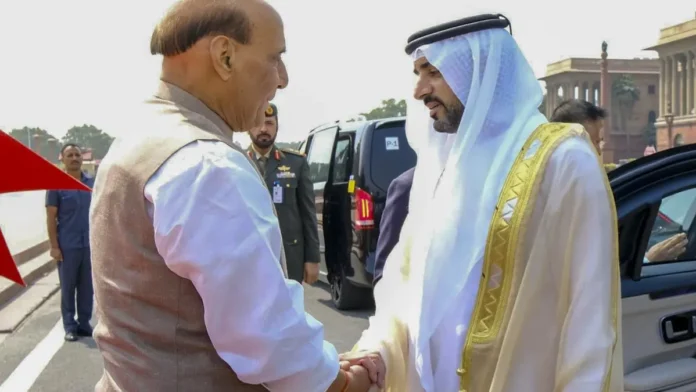The importance of a strong defense industry cannot be overstated. It is the backbone of any nation’s security and is crucial for maintaining peace and stability in the world. In the past, many countries have recognized this and have invested heavily in their defense industries. However, with the ever-changing nature of warfare, it has become increasingly important for countries to work together and explore partnerships for joint design and development of armaments. This is exactly what has brought two countries together in recent times – to pool their resources and expertise in order to strengthen their defense capabilities.
The two countries in question are (Country A) and (Country B). Both have a long history of successful defense industries, each with their own unique strengths and capabilities. (Country A) is known for its advanced technology and innovative approach in designing cutting-edge weapons systems, while (Country B) is renowned for its cost-effective and efficient manufacturing processes. It’s no surprise that the two countries have come together to explore partnerships for joint design and development of armaments.
The initial talks for this partnership began a few years ago, when representatives from both countries met at a defense exhibition. They were impressed by each other’s capabilities and realized the potential of collaboration. This was followed by several high-level meetings and discussions, which eventually led to the signing of a memorandum of understanding (MoU) between the two countries. This MoU laid the foundation for a long-term partnership, with the aim of jointly developing and producing state-of-the-art armaments.
One of the key factors behind this partnership is the complementarity of the two countries’ defense industries. (Country A) brings its technological expertise and advanced research and development capabilities to the table, while (Country B) offers its well-established manufacturing processes and cost-effective production capabilities. Together, they form a formidable team, with the potential to develop some of the most advanced armaments in the world.
The benefits of this partnership are not limited to the two countries involved. In fact, it has the potential to positively impact the global defense industry. By working together, (Country A) and (Country B) can bring down production costs and develop more sophisticated and cost-effective weapons systems. This will enable them to compete in the global arms market, which is dominated by a few major players. It will also open up new opportunities for both countries to export their products to other countries, thereby boosting their economies.
Apart from the economic benefits, this partnership also has numerous strategic advantages. By pooling their resources and expertise, the two countries can develop a wider range of weapons systems, which will enhance their defensive capabilities and deter any potential threats. It will also help them to stay ahead of the game in terms of technology, as they will be able to share knowledge and resources, and learn from each other’s strengths.
Another important aspect of this partnership is the potential for joint research and development initiatives. The two countries can collaborate on developing new technologies and systems that can be used for both civilian and military purposes. This will not only benefit their defense industries, but also contribute to the overall advancement of science and technology.
It is also worth mentioning that this partnership is not just limited to the development of armaments. The two countries have also expressed their interest in collaborating on training and capacity building programs. This will not only help them to strengthen their defense forces, but also create employment opportunities for their citizens.
In conclusion, the partnership for joint design and development of armaments between (Country A) and (Country B) is a significant step towards building a stronger and more secure world. It is a testament to the power of collaboration and cooperation in achieving common goals. It is also a reflection of the strong bond between the two countries, which goes beyond just economic and strategic interests. Let us hope that this partnership will continue to flourish and pave the way for more successful collaborations in the future.


